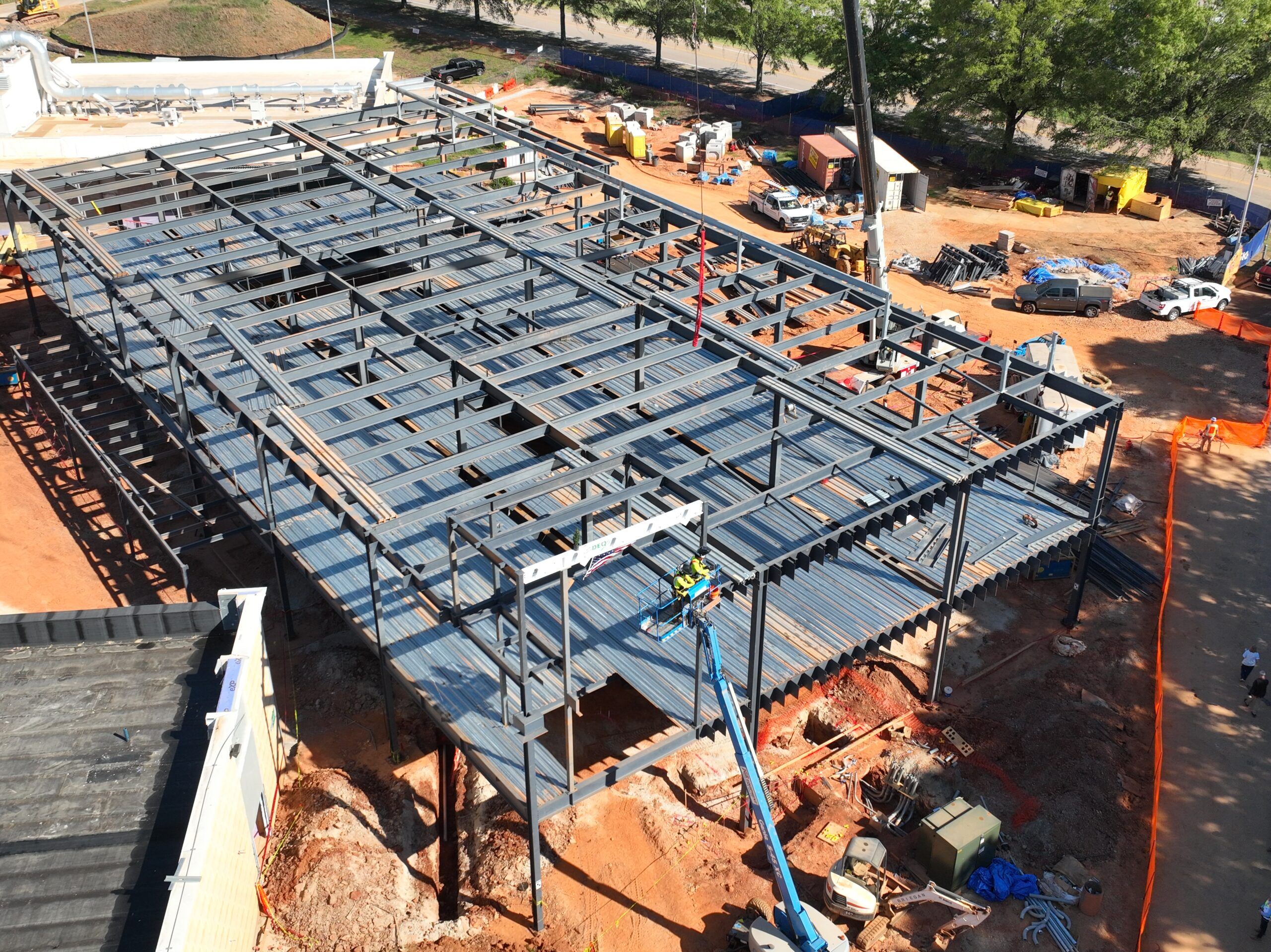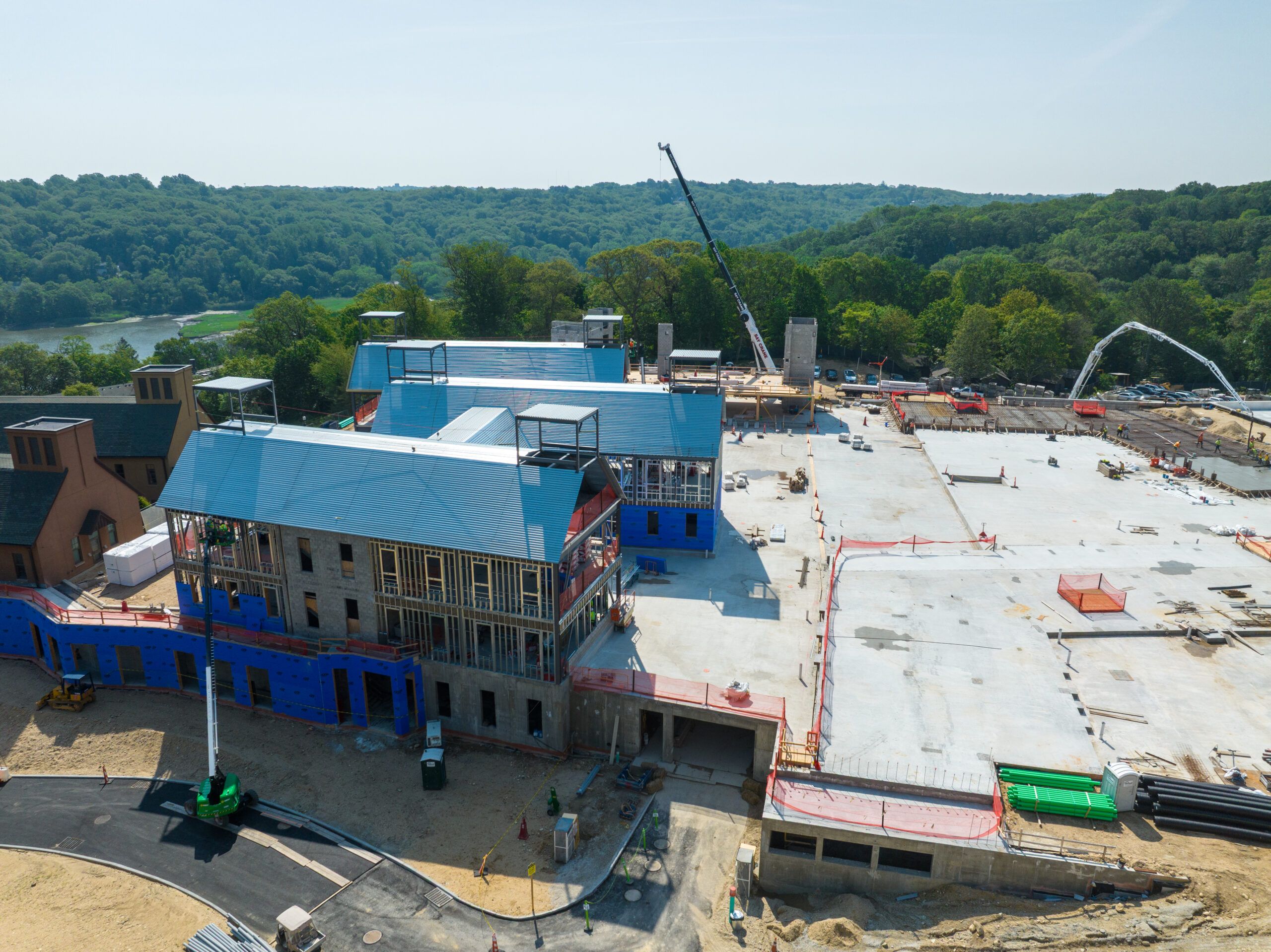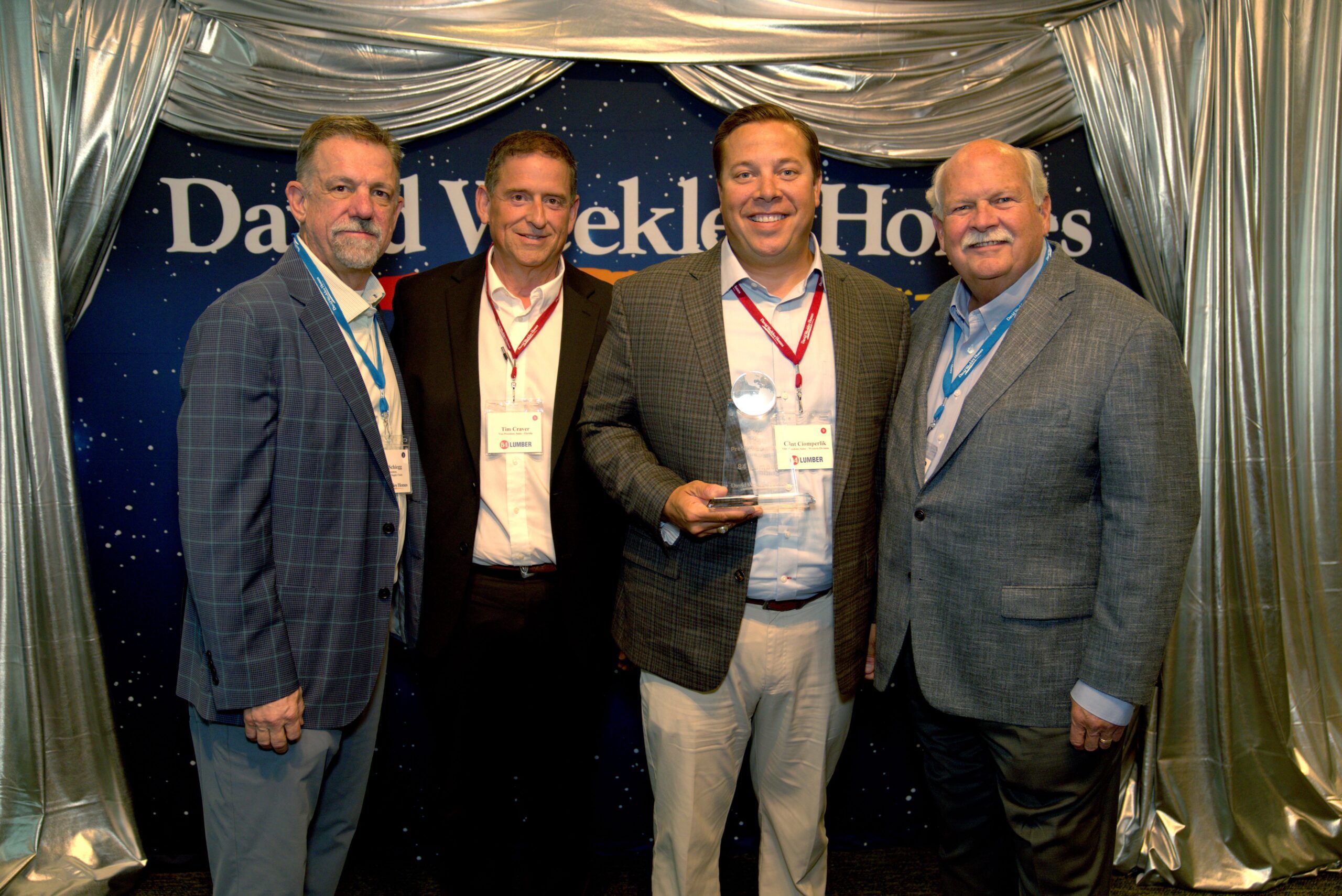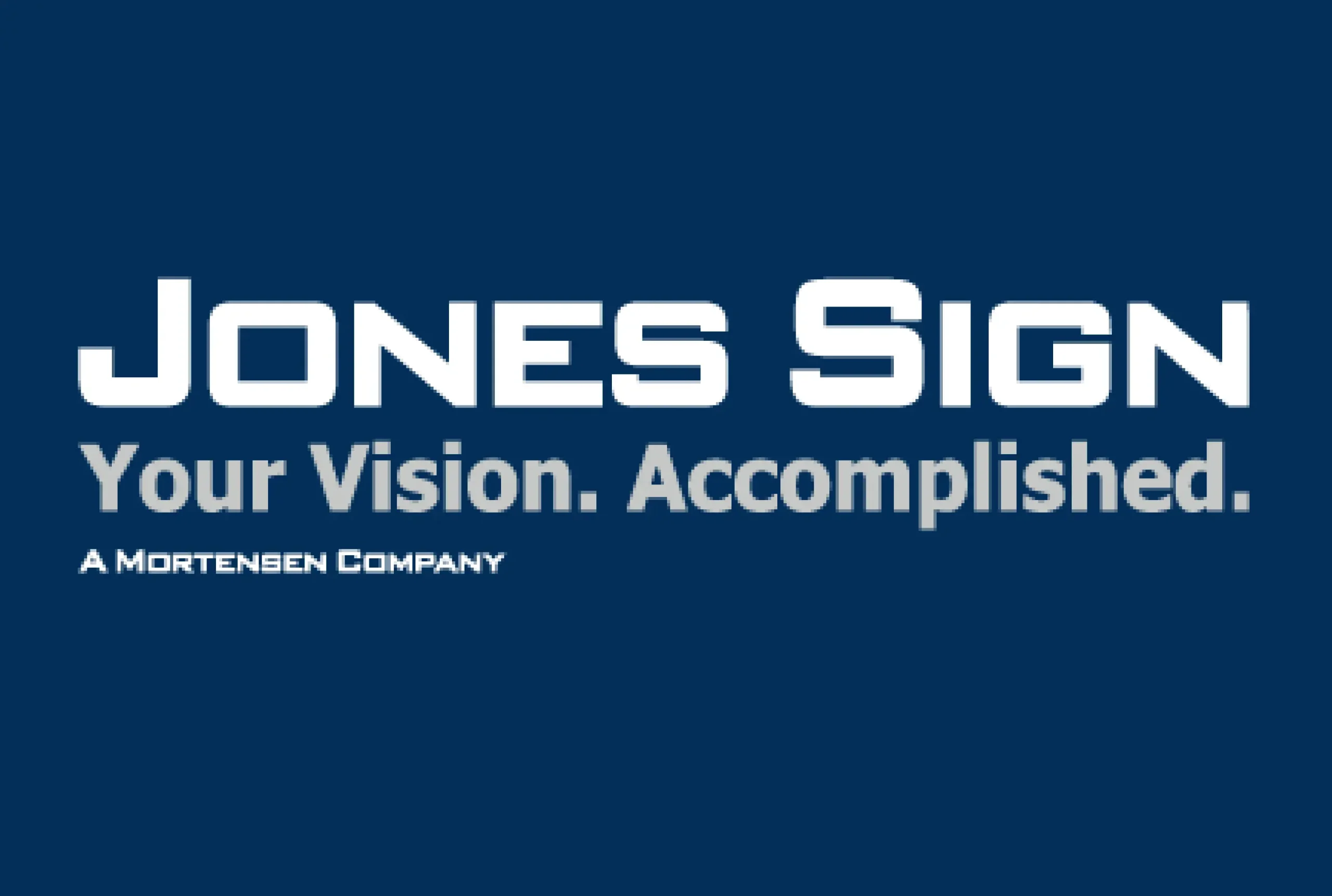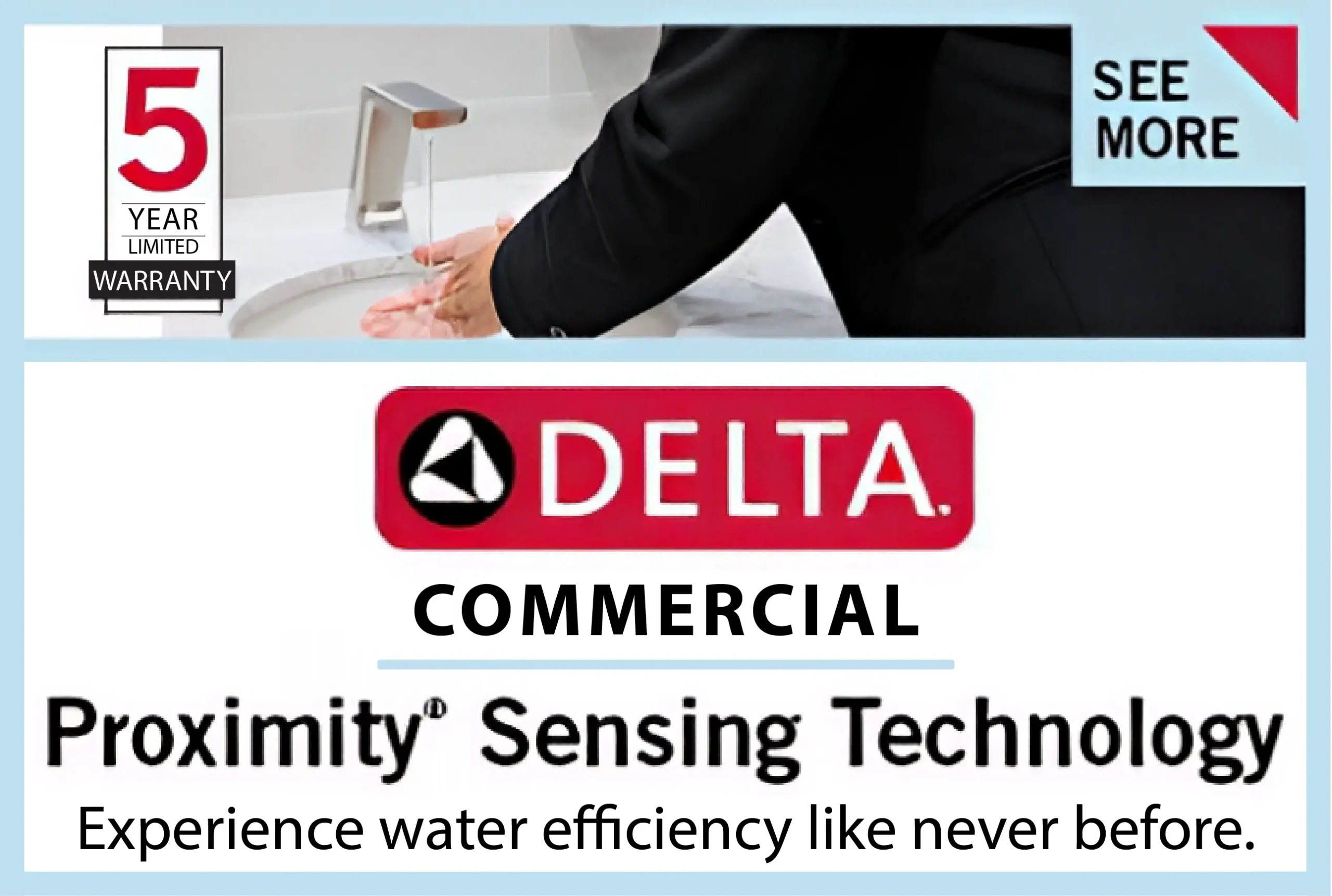Commercial construction is evolving rapidly as building owners demand more efficient, cost-effective properties. Smart building technologies integrated during construction are proving to deliver substantial long-term savings, with some projects achieving operational cost reductions of up to 40% compared to traditional buildings.
Understanding the Cost Problem
Most commercial buildings operate far below their potential efficiency. Energy waste represents the largest controllable expense, typically accounting for 30-40% of total operating costs. Traditional buildings rely on reactive maintenance, scheduled replacements, and manual adjustments that create unnecessary expenses and system failures.
The problem compounds over time. When HVAC systems work harder due to poor building envelope performance, they consume more energy and wear out faster. When maintenance is purely reactive, small issues become major repairs. These inefficiencies accumulate into significant financial drains that impact property profitability for decades.
What Are Smart Building Technologies?
Smart building technologies are interconnected systems that use sensors, automation, and data analytics to monitor and control building operations automatically. These include IoT devices, building automation systems, energy management platforms, and predictive maintenance tools that work together to optimize performance and reduce costs.
How Smart Systems Create Savings
Smart building technology transforms how commercial properties operate by providing real-time monitoring and automated optimization. These systems include networked sensors, intelligent controls, and data analytics platforms that work together to maximize efficiency.
The technology monitors everything from energy consumption and indoor air quality to equipment performance and occupancy patterns. When systems detect inefficiencies or potential problems, they can automatically adjust operations or alert maintenance teams before minor issues become expensive failures.
For example, smart sensors can detect when a roof membrane develops a small leak and immediately notify building management. This early warning prevents water damage that could cost tens of thousands of dollars in repairs and lost tenant revenue. This type of proactive maintenance explains why many commercial roofing company in colorado operations are incorporating sensor technology into their service offerings.
Documented Performance Results
Recent studies of smart commercial buildings show consistent cost reductions across multiple areas. Energy expenses typically decrease by 25-35% through automated optimization of lighting, HVAC, and other building systems. Maintenance costs drop by 20-30% because predictive analytics help schedule repairs before equipment fails completely.
One 200,000-square-foot office building reduced annual operating costs by $180,000 after implementing comprehensive smart systems. The building’s energy consumption fell by 32%, while maintenance expenses dropped by 25% due to better scheduling and fewer emergency repairs.
Insurance costs can also decrease when smart systems include advanced fire detection, security monitoring, and water leak prevention. Some insurers offer premium reductions of 10-15% for buildings with comprehensive monitoring systems.
Financing Smart Building Features
The upfront cost of smart building technology can be substantial, often adding 3-5% to total construction costs. However, several financing approaches make these investments more accessible to developers and building owners.
Performance-based contracts allow property owners to pay for smart systems through guaranteed energy savings over time. Some technology providers offer financing where monthly payments are offset by reduced utility bills, creating immediate positive cash flow. For larger projects requiring flexible capital structures, specialized financing options like turbo debt can provide the necessary funding while preserving cash flow for other project needs. These arrangements allow developers to implement comprehensive smart systems without straining their financial resources.
Implementation Considerations
Successful smart building integration requires planning from the design phase. The building’s network infrastructure must support data transmission from hundreds or thousands of sensors while maintaining cybersecurity standards that protect against potential threats.
The most effective approach focuses on interoperability, ensuring different systems can communicate and share data. Buildings with isolated technology systems miss optimization opportunities and create maintenance complications that reduce overall benefits.
User training is equally important. Building operators need to understand how to interpret system data and respond to alerts effectively. The goal is enhancing human decision-making rather than replacing experienced judgment with automated responses.
Market Demand and Competition
Commercial tenants increasingly expect smart building features as standard amenities. Properties without intelligent systems often face longer vacancy periods and lower rental rates compared to smart-enabled buildings in the same market.
This tenant preference creates a competitive advantage for buildings with comprehensive smart systems. Properties that can demonstrate lower operating costs, better indoor air quality, and enhanced security features attract higher-quality tenants willing to pay premium rents.
Long-Term Value Protection
Smart building systems also protect long-term property values by enabling continuous optimization and upgrades. Buildings designed with flexible technology infrastructure can adapt to new innovations without requiring complete system replacements.
The most successful commercial construction projects now consider smart technology integration as essential infrastructure rather than optional features. As operating cost pressures continue increasing, the proven 25-40% savings potential of smart building systems represents a significant competitive advantage in the commercial real estate market.






